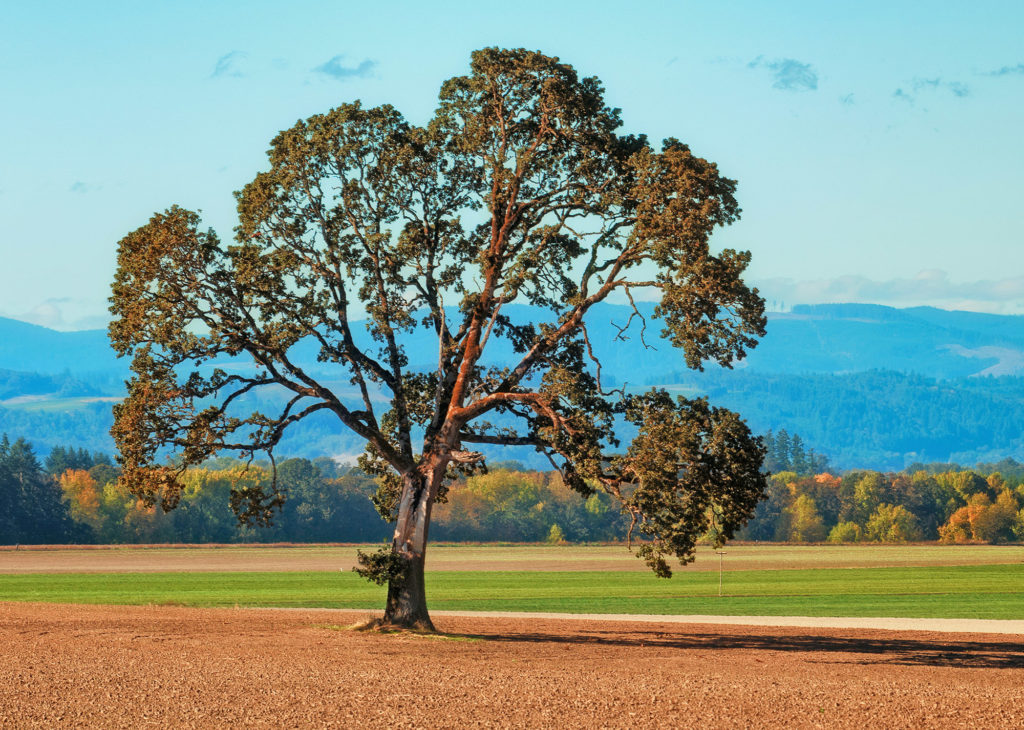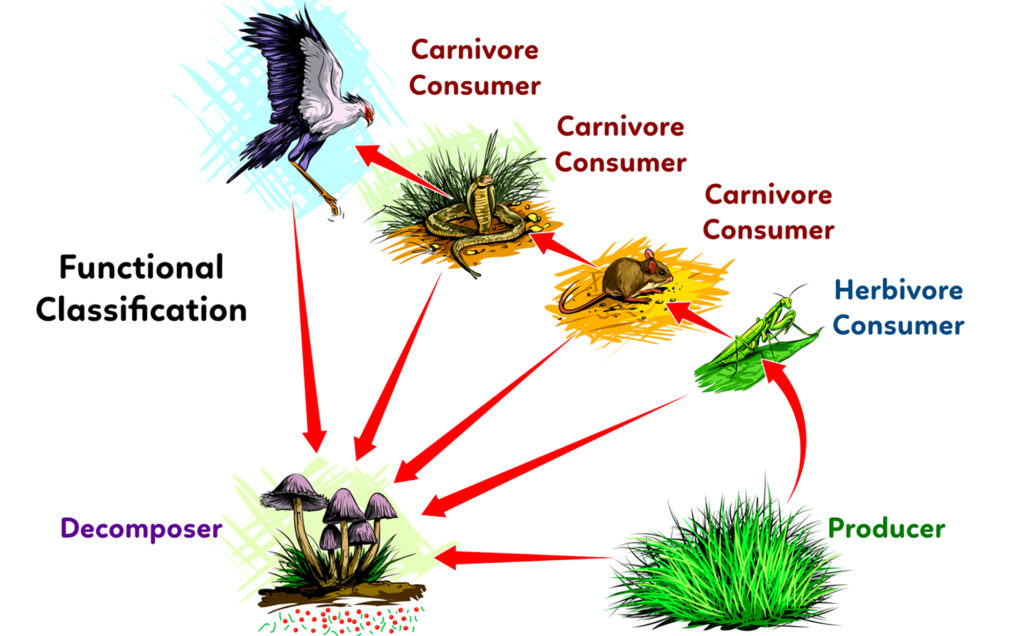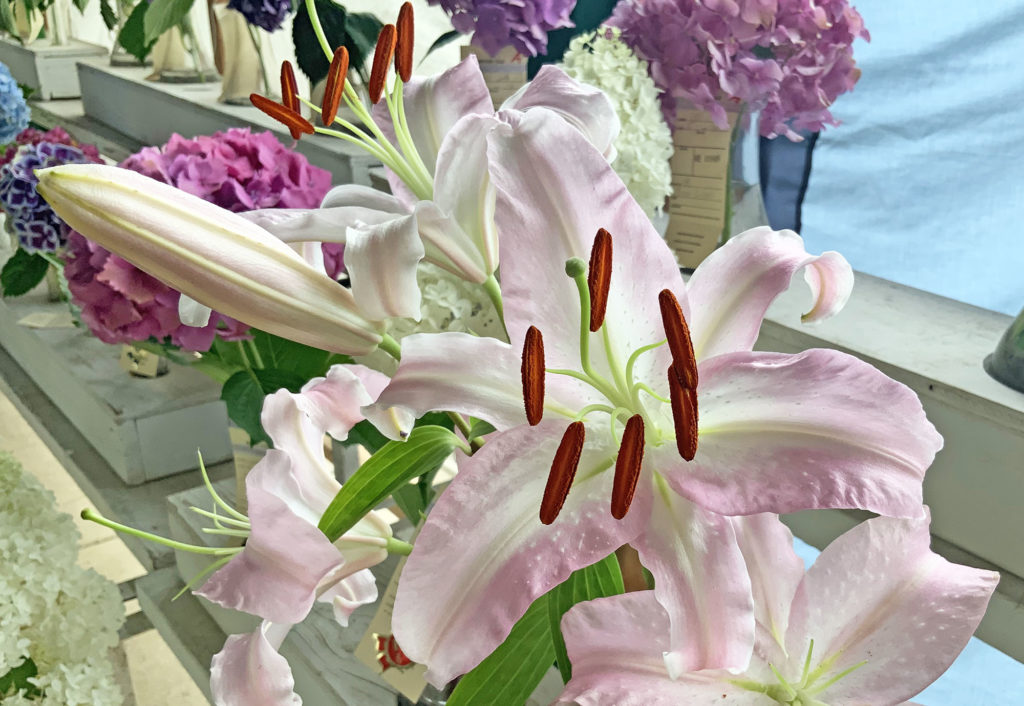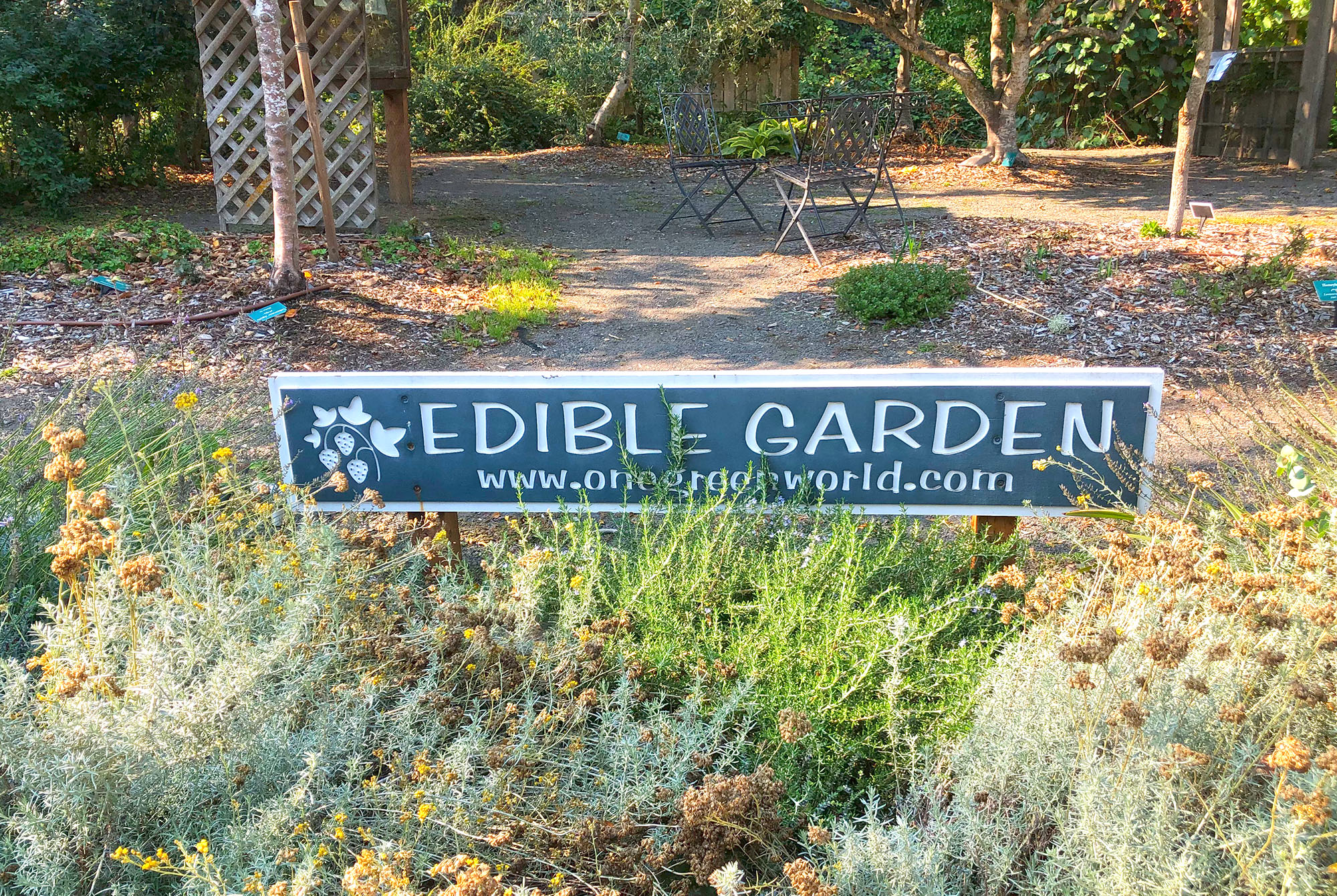
Functional Groups Producers, Consumers, & Decomposers


Functional Groups Objectives:
- Describe the ecosystem roles of producers, consumers, and decomposers.
- Provide examples of organisms representing different functional groups.
- Explain how flowers relate to fruit and seeds.
Organisms can be classified based on their structures and/or based on the role they play within an ecosystem. We previous met taxonomic classification; this page describes functional classification.

Taxonomic Classification

Functional Classification

An Oregon White oak tree (Quercus garryana) is taxonomically classified in Domain Eukaryota, Kingdom Plantae, Phylum Angiosperm, Class (Clade) Dicot, Order Rosids, Family Fagaceae, Genus Quercus and species garryana.
Its functional classification is producer.
Functional Groups
Now that we have some of the vocabulary, this video reviews these terms and provides an overview of food web concepts found throughout this guide.

Animals need to consume other consumers for nutrients and energy:
Herbivore consumers eat ___.
___ consumers eat other consumers, or their recently dead remains (scavengers)
___ can eat producers and consumers
Animals do not choose their functional group, they have digestive organs, feeding structures, dietary requirements, and behaviors that obligate them to eat certain foods. This jumping spider only eats other consumers, classifying it as an obligate carnivore.

Of the different consumer functional groups, which has the most potential flexibility in diet?
Answer: omnivores like humans, foxes and crows can live off different foods in a variety of habitats
This video uses a poster to review the basic functional groups.
Flowers to Seeds
In the human diet, seeds are a significant source of energy and nutrients. On this page, we are linking seeds to the basic flower structure we have already covered. In the next section, we will examine seed structure, followed by the structures and functions of fruits.

A quick review of flowers:
Can you identify the stamen (pollen on the anther, attached to a long filament) and the stigma the pollen would land on with the style that carries the pollen down to the ovary?
Now we are focusing on what is produced after flowers are pollinated: fruit and seeds.
Since fruits may mature weeks or months after flowering, many people do not visualize the flower that produces a fruit. Tomato plants, like the roses can simultaneously display both flowers and developing fruit.
These are the general signals of seasonal changes far from the equator: spring is for flowers, summer is for developing fruit, and autumn is for harvest. You can predict the season when we made this video.

Many of the foods we eat are dependent on flowers and pollination of flowers to produce seeds and fruit.
The next section details the significance of seeds in the human diet.
Start Your 5A Media Assignment here
Patterns in Nature
In this media assignment you are going to find and capture evidence of a pattern in nature. It could be a pattern or non-living system. Examples of patterns (yours may be similar or different):
-
branching patterns in roots, branches, frost, veins
-
spiraling patterns in flowers, cones, water down a drain
-
sphere shape (reducing surface area) in a sleeping animal, a cactus
Note: this media piece would be a good fit for the Science Concepts portion of the final portfolio. If you find multiple examples of patterns, you could arrange them in a “gallery” in the portfolio.

Upload to Canvas:
-
Your media pieces showing a natural pattern.
-
an explanation of what the pattern is and either how it was created or why it may be important (whichever explanation fits your pattern better).
As always, if you engage in any field work, be aware and travel with others whenever possible.
The next section explores why there is typically far more producer biomass than consumer biomass in an ecosystem and introduces seeds.

Check your knowledge. Can you:
- Describe the ecosystem roles of producers, consumers, and decomposers?
- Provide examples of organisms representing different functional groups?
- Explain how flowers relate to fruit and seeds?



